![]()
![]()
![]()
Use LEFT and RIGHT arrow keys to navigate between flashcards;
Use UP and DOWN arrow keys to flip the card;
H to show hint;
A reads text to speech;
8 Cards in this Set
- Front
- Back
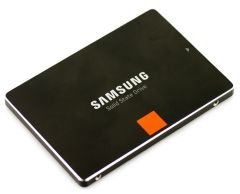
Solid State Drive (SSD)
|
Solid State Drive, based on flash technology, way faster than traditional 5400RPM or 7200RPM hard drives.
|
|
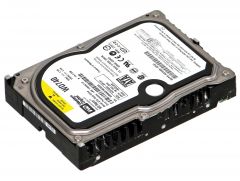
Hard Drive (HDD)
|
Traditional drive used to store data in computers. Precursor to the SSD.
|
|
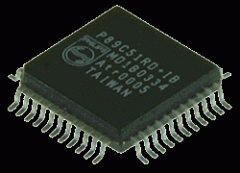
Read Only Memory (ROM)
|
OM retains its contents even when the computer is turned off. ROM is referred to as being nonvolatile, whereas RAM is volatile.
|
|
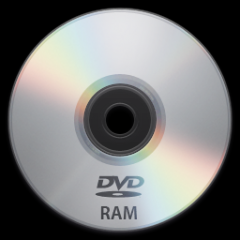
DVD-RAM
|
DVD-RAM is a DVD (optical disc) technology for high-capacity data storage for computers. Like ordinary random access memory (RAM), it can be repeatedly read, written to, and erased. Intended mostly for removable computer storage.
|
|
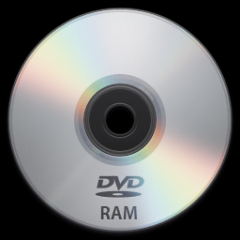
Digital Versatile Disk (DVD)
|
A type of compact disc able to store large amounts of data, especially high-resolution audiovisual material.
|
|
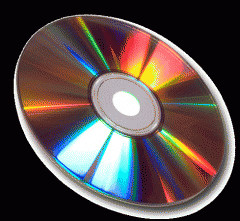
Compact Disk (CD)
|
Is a digital optical disc data storage format. The format was originally developed to store and play back sound recordings only (CD-DA), but was later adapted for storage of data (CD-ROM).
|
|
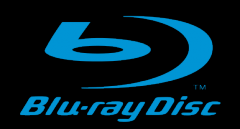
Blu-Ray
|
A format of DVD designed for the storage of high-definition video and data.
|
|
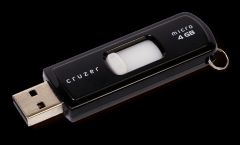
USB Flash Drive
|
A USB flash drive is a data storage device that includes flash memory with an integrated Universal Serial Bus (USB) interface. USB flash drives are typically removable and rewritable, and physically much smaller than an optical disc.
|

